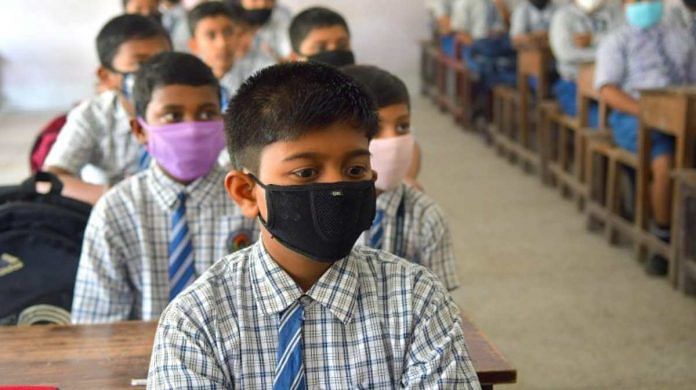
Thank you dear subscribers, we are overwhelmed with your response.
Your Turn is a unique section from ThePrint featuring points of view from its subscribers. If you are a subscriber, have a point of view, please send it to us. If not, do subscribe here: https://theprint.in/subscribe/
This COVID-19 pandemic has disrupted the classroom education. The need of the hour is to instill the self-education at a young age. That may prove to be game-changing as far as India is concerned. For the moment it seems to be counterproductive. But, in the long run, this process of self-learning can change how we produce the engineers and scientists in our country. All I can say is that we need more “EKLAVYA”. Why? You will find in my new article on this Independence day of India!
According to world bank data, the student to teacher ratio in India is 32.75 in 2017. It was 32 as per the survey by District Information System on Education (DISE) in 2010. Hence there is not much improvement in it since 2010. In China, this ratio is nearly half of that in the year 2010. And developed economies like Sweden and France have a ratio of 10 in their primary education system. However, we cannot afford to rope in more teachers than this to reach the level of that of developed nations as it will levy more heavy budgetary allocation for that and we simply cannot spend more due to the implementation of the seventh pay commission. However, we can go online for teaching above 8th class in some schools as a pilot project during this pandemic which is happening at several places in India right now. But there is a catch. For this to happen we need to focus on the very grass root levels and inculcate the habit of self-learning at a very early age. We require our best teachers to reach the most distant student at the cheapest price in our primary education. This kind of scenario in the country can virtually fill the gap of the high student to teacher ratio. And if somehow, we can reduce the burden on our teachers by allowing them to use video lectures for the class above 8th grade and focusing more on instilling self-learning at the grass-root level, I think we can produce better engineers, scientists, doctors, and other professionals. For this to happen, parents of young children can play a vital role by implementing teaching their children self-learning.
Thank you for your attention! Hoping for your feedback on this issue.
These pieces are being published as they have been received – they have not been edited/fact-checked by ThePrint.

COMMENTS